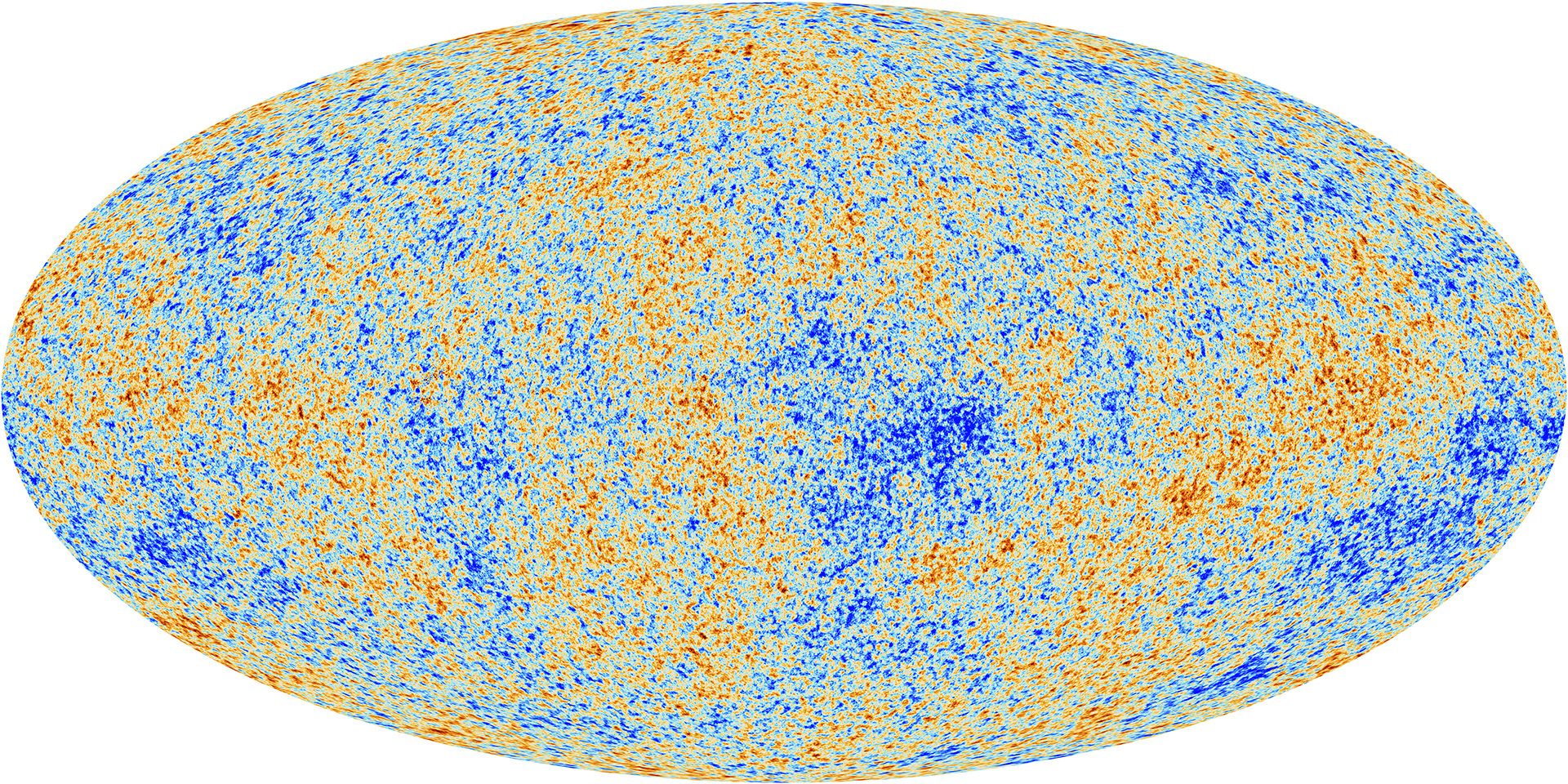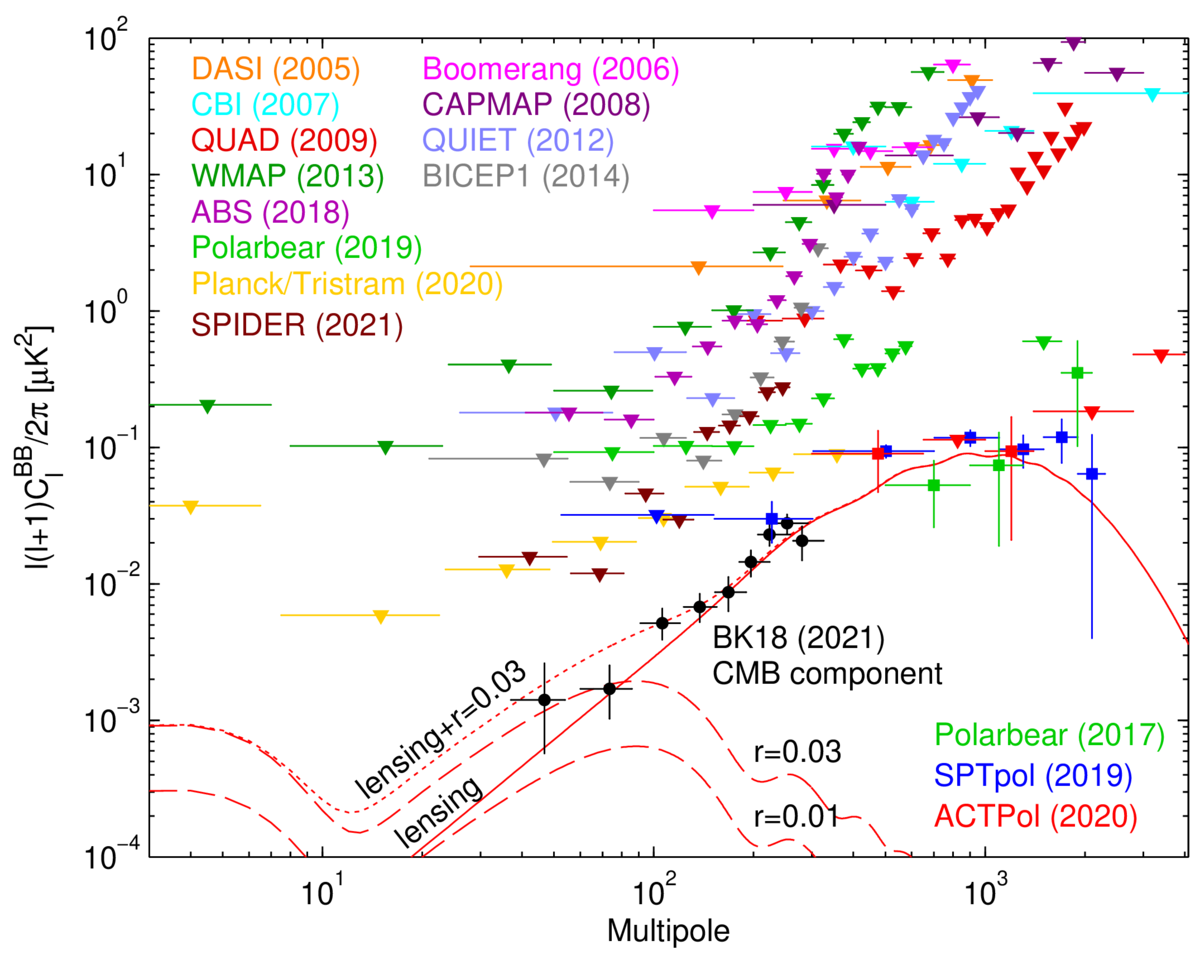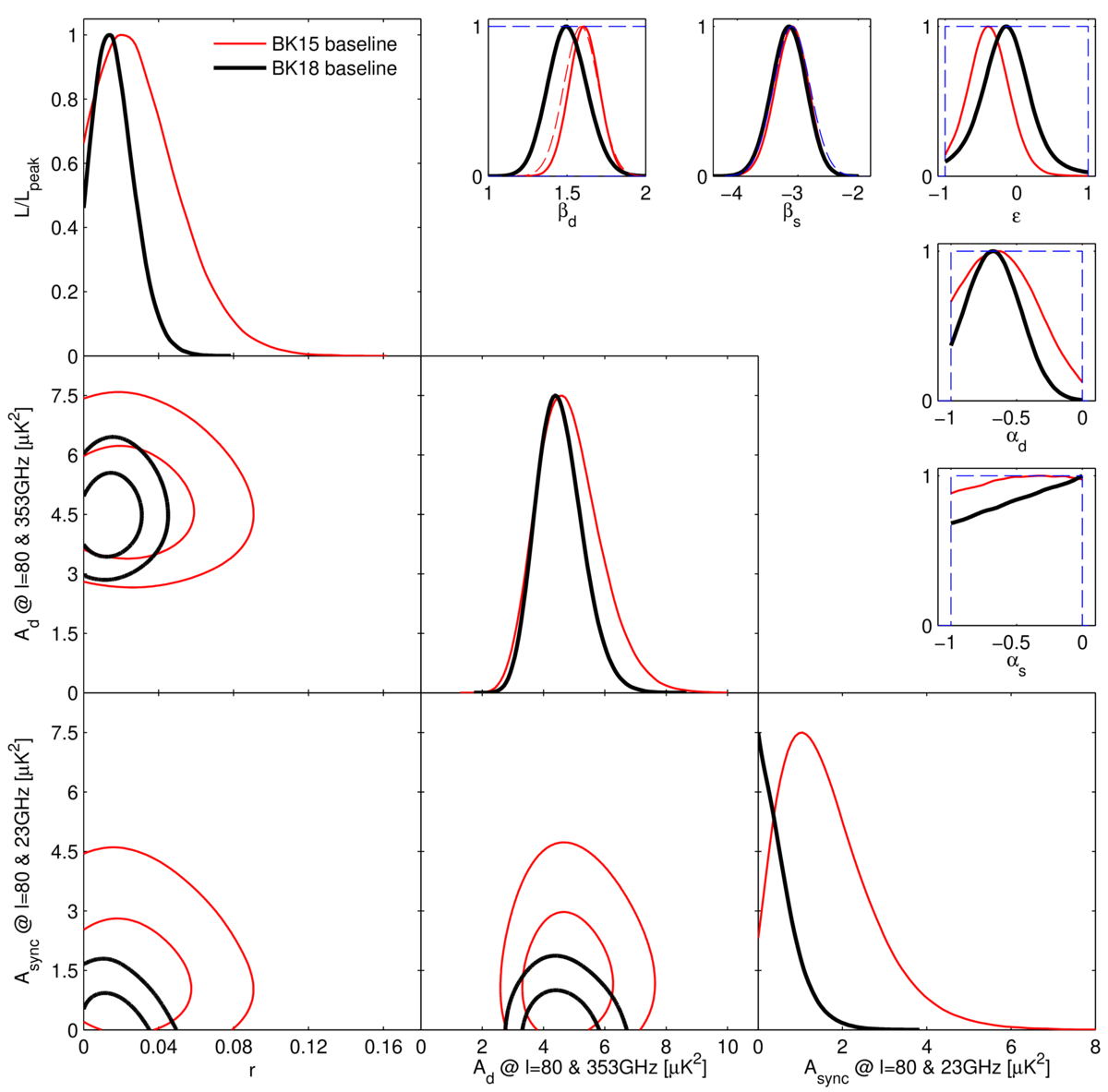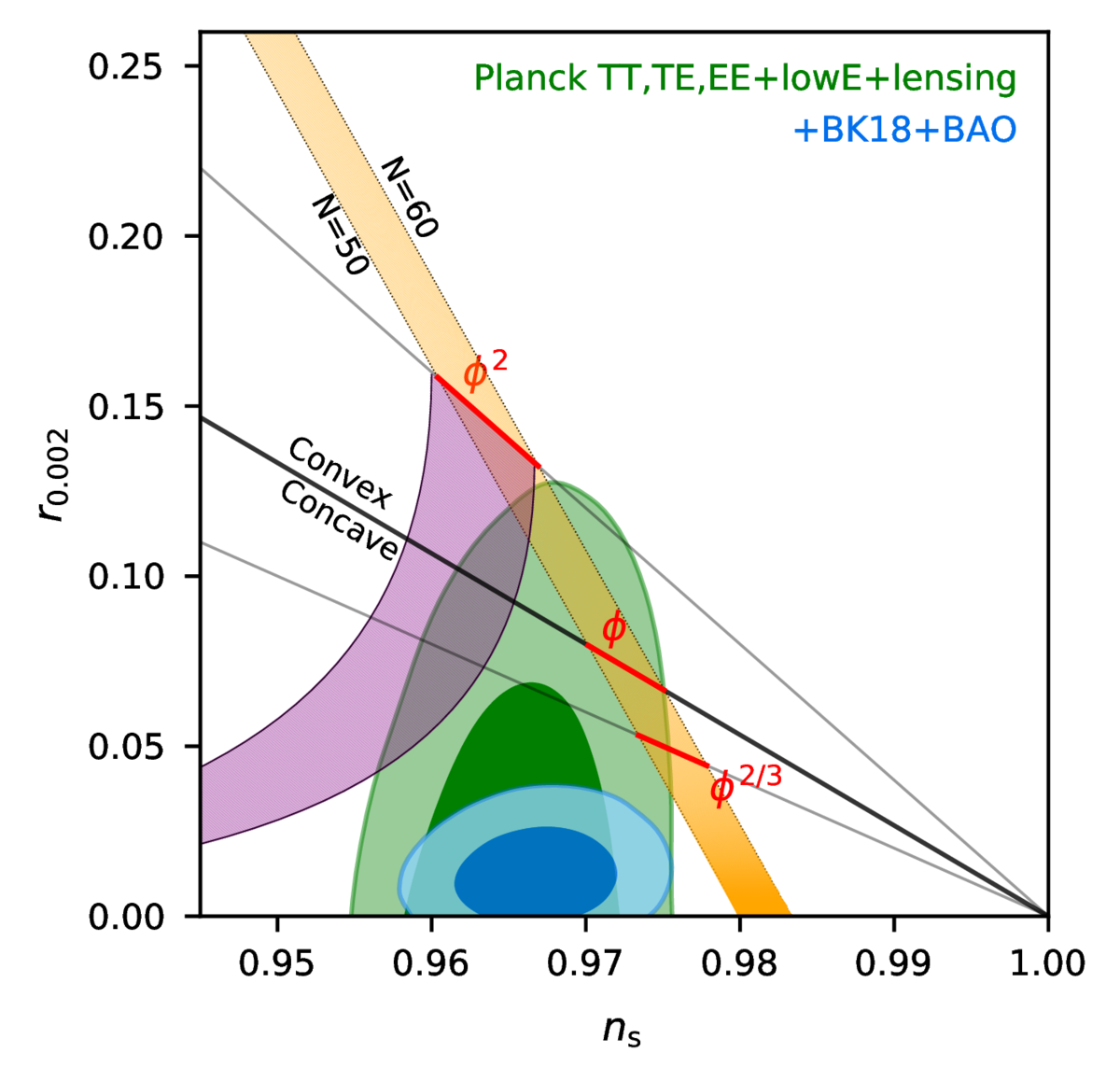Science with SPHEREx
The Spectro-Photometer for the History of the Universe, Epoch of Reionization, and Ices Explorer (SPHEREx) is a NASA MIDEX mission designed to conduct an all-sky spectral survey in the near-infrared. The mission employs Linear Variable Filters (LVFs) and a dichroic beam splitter to capture 102 spectral channels across a wavelength range of 0.75 to 5 micrometers. SPHEREx aims to achieve several scientific objectives, contributing valuable data to a range of astrophysical and cosmological studies.
Mapping the Large-Scale Structure of the Universe
SPHEREx will map the large-scale structure of the universe by measuring the redshifts of hundreds of millions of galaxies, creating a three-dimensional map of the cosmos. This map will provide data on the distribution of matter and the nature of dark energy. The analysis of galaxy clustering will help constrain cosmological parameters such as primordial non-gaussianity.
Studying the History of Galaxy Formation
SPHEREx will probe the Epoch of Reionization, a period when the first stars and galaxies formed and reionized the intergalactic medium. By mapping fluctuations in the infrared background light, SPHEREx will provide insights into the timing, duration, and process of reionization, enhancing our understanding of the formation and evolution of the first luminous objects in the universe.
Investigating the Abundance of Biogenic Ices
SPHEREx will survey biogenic ices in the Milky Way, focusing on ices such as water (H2O), carbon dioxide (CO2), methane (CH4), and methanol (CH3OH). By measuring the abundance and distribution of these ices in molecular clouds and star-forming regions, SPHEREx will contribute to our understanding of the conditions necessary for the formation of planets and the potential for life beyond Earth.
Inflation and the Cosmic Microwave Background with the BICEP/Keck Experiment
Improved Constraints on Primordial Gravitational Waves using Planck, WMAP, and BICEP/Keck Observations through the 2018 Observing Season, (Phys. Rev. Lett. 127, 151301, 2021)
 According to the Big Bang model, the early universe had a much higher temperature and density than today; a plasma of protons, electrons, and photons existed in equilibrium. As the universe cooled, it reached a temperature that allowed protons and electrons to combine and form neutral hydrogen and helium, an epoch known as recombination. During recombination, photons freely streamed through the universe as the Cosmic Microwave Background (CMB), allowing us to observe the conditions of the early universe.
According to the Big Bang model, the early universe had a much higher temperature and density than today; a plasma of protons, electrons, and photons existed in equilibrium. As the universe cooled, it reached a temperature that allowed protons and electrons to combine and form neutral hydrogen and helium, an epoch known as recombination. During recombination, photons freely streamed through the universe as the Cosmic Microwave Background (CMB), allowing us to observe the conditions of the early universe.
The CMB provides a snapshot of the early universe and is a rich source of information about the universe's initial conditions. It carries the imprint of the density fluctuations that eventually grew into galaxies and large-scale structures we see today. These fluctuations are believed to have originated from quantum fluctuations during the period of inflation, a rapid expansion of the universe that occurred a fraction of a second after the Big Bang.
The polarization pattern of the CMB can be decomposed into two components: E-modes and B-modes. The E-modes are generated by density fluctuations, while the B-modes can be generated by gravitational waves produced during inflation. Detecting B-modes would provide strong evidence for the theory of inflation and help us understand the physics of the early universe.

 The BICEP/Keck experiments are a series of ground-based telescopes located at the South Pole, an ideal location for observing the CMB due to its dry and stable atmosphere. These experiments use highly sensitive detectors to measure the polarization of the CMB with unprecedented precision.
Over the past decade, we have achieved significant progress in measuring the polarization of the CMB. Our results have placed stringent limits on the amount of gravitational waves produced during inflation and have provided valuable insights into the properties of the early universe.
A notable milestone in this series of experiments is the BK18 result. This result represents the data collected up to the 2018 observing season.
The BK18 results have placed the tightest constraints yet on the tensor-to-scalar ratio, r, a parameter that quantifies the strength of primordial gravitational waves relative to density fluctuations. The BK18 data sets a new upper limit on r, further narrowing the possible models of inflation and providing critical evidence against some of the more exotic inflationary scenarios.
Future observations with the BICEP/Keck experiments and other upcoming CMB experiments, such as CMB-S4, will further improve our understanding of the inflationary epoch and the fundamental physics of the universe.
The BICEP/Keck experiments are a series of ground-based telescopes located at the South Pole, an ideal location for observing the CMB due to its dry and stable atmosphere. These experiments use highly sensitive detectors to measure the polarization of the CMB with unprecedented precision.
Over the past decade, we have achieved significant progress in measuring the polarization of the CMB. Our results have placed stringent limits on the amount of gravitational waves produced during inflation and have provided valuable insights into the properties of the early universe.
A notable milestone in this series of experiments is the BK18 result. This result represents the data collected up to the 2018 observing season.
The BK18 results have placed the tightest constraints yet on the tensor-to-scalar ratio, r, a parameter that quantifies the strength of primordial gravitational waves relative to density fluctuations. The BK18 data sets a new upper limit on r, further narrowing the possible models of inflation and providing critical evidence against some of the more exotic inflationary scenarios.
Future observations with the BICEP/Keck experiments and other upcoming CMB experiments, such as CMB-S4, will further improve our understanding of the inflationary epoch and the fundamental physics of the universe.
BICEP maps and likelihood analysis
Left: Results of a multicomponent multi-spectral likelihood analysis of BICEP/Keck+WMAP/Planck data. The red faint curves are the baseline result from the previous BK15 paper. The bold black curves are the new baseline BK18 results, adding a large amount of additional data at 95 and 220 GHz taken by BICEP3 and Keck Array during the 2016–2018 observing seasons. The upper limit on the tensor-to-scalar ratio tightens to r < 0.036 at 95% confidence. The parameters Ad and Async are the amplitudes of the dust and synchrotron B-mode power spectra, where β and α are the respective frequency and spatial spectral indices. The correlation coefficient between the dust and synchrotron patterns is ε. In the β, α and ε panels the dashed lines show the priors placed on these parameters (either Gaussian or uniform), where the Gaussian prior on βd has been removed going from BK15 to BK18. Right: Constraints in the r vs. n_s plane for the Planck 2018 baseline analysis, and when also adding BICEP/Keck data through the end of the 2018 season plus BAO data to improve the constraint on ns. The constraint on r tightens from r < 0.11 to r < 0.035.

